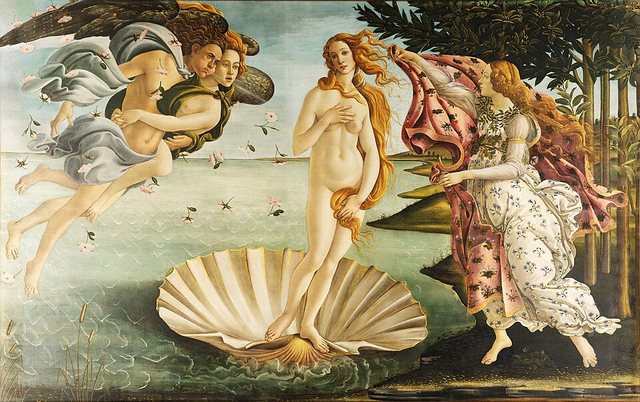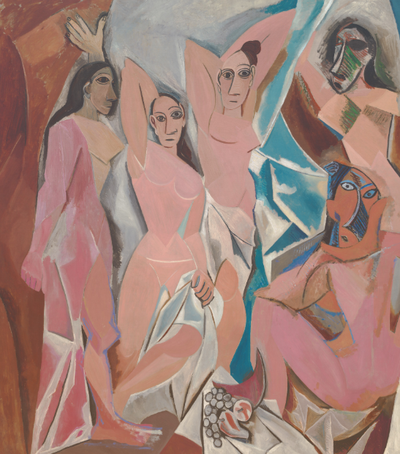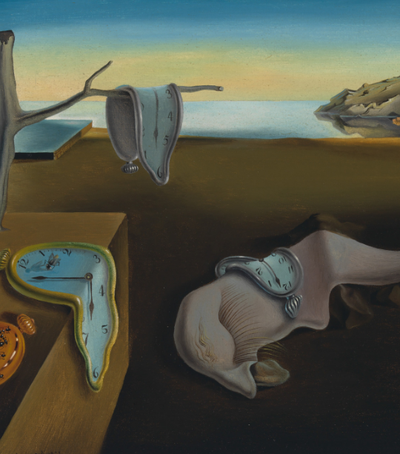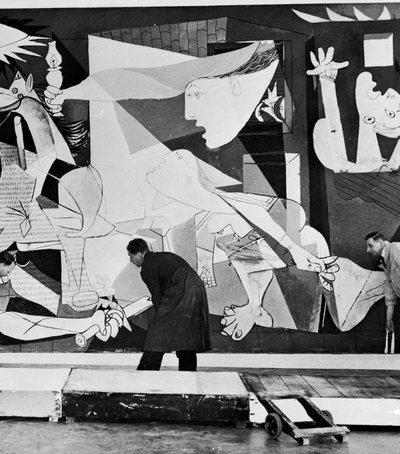
Sandro Botticelli's "The Birth of Venus" is one of the most poetic and well-known masterpieces of Italian Renaissance art, a work that combines classical mythology, philosophical sensibility, and the ideal of beauty of the humanist era. Painted between 1484 and 1486, it remains one of the most enduring icons of Western culture and a testament to the influence of art as a means of expressing the highest ideals of the human spirit and intellect.
Main points of the work:
Mythological subject:
The work depicts the birth of the Roman goddess of love, Venus, as she emerges from the sea on a giant shell, a symbol of birth, femininity, and sensuality.
On the left are Zephyrus (the gentle wind) and Chloris, who blow Venus towards the shore, while on the right, a spring nymph awaits her with a cloak to cover her.
Philosophical and spiritual symbolism:
Venus represents ideal beauty and spiritual love, conceived not only as a romantic feeling, but as a divine force that brings harmony to the world.
Neoplatonic interpretations see Venus as a symbol of the soul that is born into beauty and strives towards perfection.
The work unites physical beauty with the moral and intellectual dimension – an ideal that was at the center of Renaissance thought.
Artistic style and composition:
Botticelli uses soft and rhythmic lines, with the figures' poses resembling classical dance, giving the work an ethereal lightness and harmony.
The colors are pale, pastel, adding a dreamy and unrealistic feel to the scene.
The work is painted on canvas, a relatively new technique at the time, and has monumental proportions that make its presence powerful.
Historical context and patronage:
The work was commissioned by the Medici family, one of the greatest sponsors of art and science in Florence.
It was not created for a church, but for a private residence – a signal of the cultural turn brought about by the Renaissance, where mythology and classical philosophy were reclaimed as rich forms of reflection on life and human nature.
Influence and legacy:
The Birth of Venus is today one of the most reproduced and beloved works of world art.
It is located in the Uffizi Gallery in Florence, where it continues to attract millions of visitors each year.
The work has influenced not only the history of art, but also fashion, film, advertising and pop culture.
“The Birth of Venus” is not just a painting of beauty – it is a visual translation of a high ideal of love, femininity and cosmic harmony. With this work, Botticelli has created a poetic visual language, which continues to speak of the eternity of beauty and its connection with the human soul. In every brushstroke and every wave of the sea, one feels the breath of an era that rediscovered man as a divine being in search of light.





